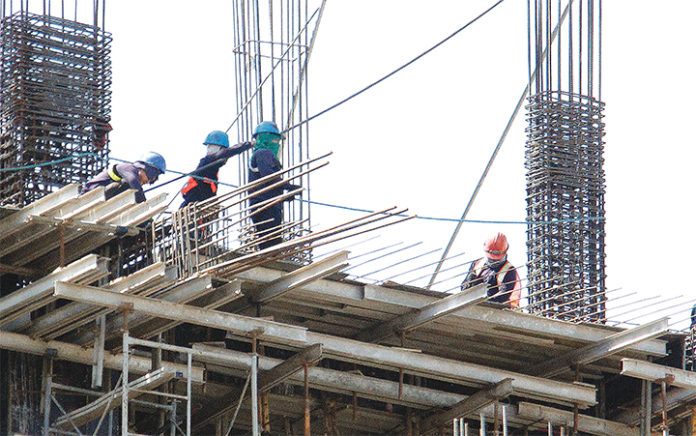By Rea Cu, June 17 2019; Business Mirror
https://businessmirror.com.ph/2019/06/17/cheap-loans-could-have-filled-infra-gap-dof/
Image Credit to Business Mirror
THE past administration missed its opportunity to take advantage of low interest rates on loans in a time it could have addressed the country’s infrastructure gap by raising funds for its various programs and projects, the Department of Finance (DOF) said recently.
Thus, the Duterte administration is taking a different tack, taking advantage of whatever opportunity is left to borrow at low, concessional rates by front-loading its borrowings and diversifying their sources to jump-start its ambitious “Build, Build, Build” (BBB) infrastructure modernization program, Finance Secretary Carlos G. Dominguez III said.
“From 2010 to 2016, the cost of money around the world was near zero. That was the best time to borrow, and we did not borrow. They were not aggressive enough to fund projects when costs were really, really low,” said Dominguez at a recent news forum.
Among the opportunities missed by the past administration because of its failure to borrow cheap funds were the rehabilitation of the Metro Rail Transit (MRT) System Line 3, construction of airports and the expansion of road networks outside Metro Manila.
The finance chief emphasized that the government had to act fast because the cost of borrowing money to fund its spending on infrastructure, education and other human capital investments will soon become higher because of the Philippines’s expected rise to the status of an upper middle-income economy.
With this, Dominguez explained that “our cost of money is going to be higher because we will no longer qualify for the lower interest rates for poorer countries.”
Dominguez was referring to low lending rates granted by development partners to countries classified as low-income and lower middle-income economies.
“Now, if we borrow and invest it in projects that don’t make a return, then that’s really very bad. Among the projects that we are investing in is better education. So a better education has a tremendous return to the economy. Also, better health care for Filipinos not only for their personal benefit but for their ability to contribute to the growth our country; and of course, in infrastructure,” he added.
For instance, Japan’s Special Terms for Economic Partnership (STEP) facility for its official development assistance (ODA) loans grant lower interest rates with fixed terms to low-income countries.
Lower middle-income countries —the Philippines’s current status —do not qualify for STEP rates but may be granted preferential terms but with higher interest rates. Upper middle-income countries get higher interest rates than lower middle-income countries, according to the DOF.
Grow and borrow
Dominguez also said the gauge to determine if the national debt is manageable is to measure it as a percentage of gross domestic product (GDP) or an economy’s ability to grow.
“If we are not growing and borrowing, that’s really bad. But because we are growing, we have the ability to borrow more because we have the productive capacity to pay more,” he said.
During the Arroyo administration, the debt-to-GDP ratio was at 75 percent, which went down to around 55 percent during the Benigno Aquino III administration, and continued to decline in 2018 at 41.9 percent under the Duterte administration, according to the DOF.
He said the country’s debt-to-GDP ratio is expected to further decrease to 38.6 percent by 2022.
In January 2018, the Organisation for Economic Co-operation and Development (OECD) reported that the Philippine government should spend at least P24 trillion until 2030 to meet the country’s growing demand for roads, bridges and other public infrastructure.
In its biennial economic outlook report, the OECD estimated the Philippines’s funding requirement at between P23.7 trillion and P27 trillion to bridge the so-called infrastructure gap and sustain the country’s economic growth.

